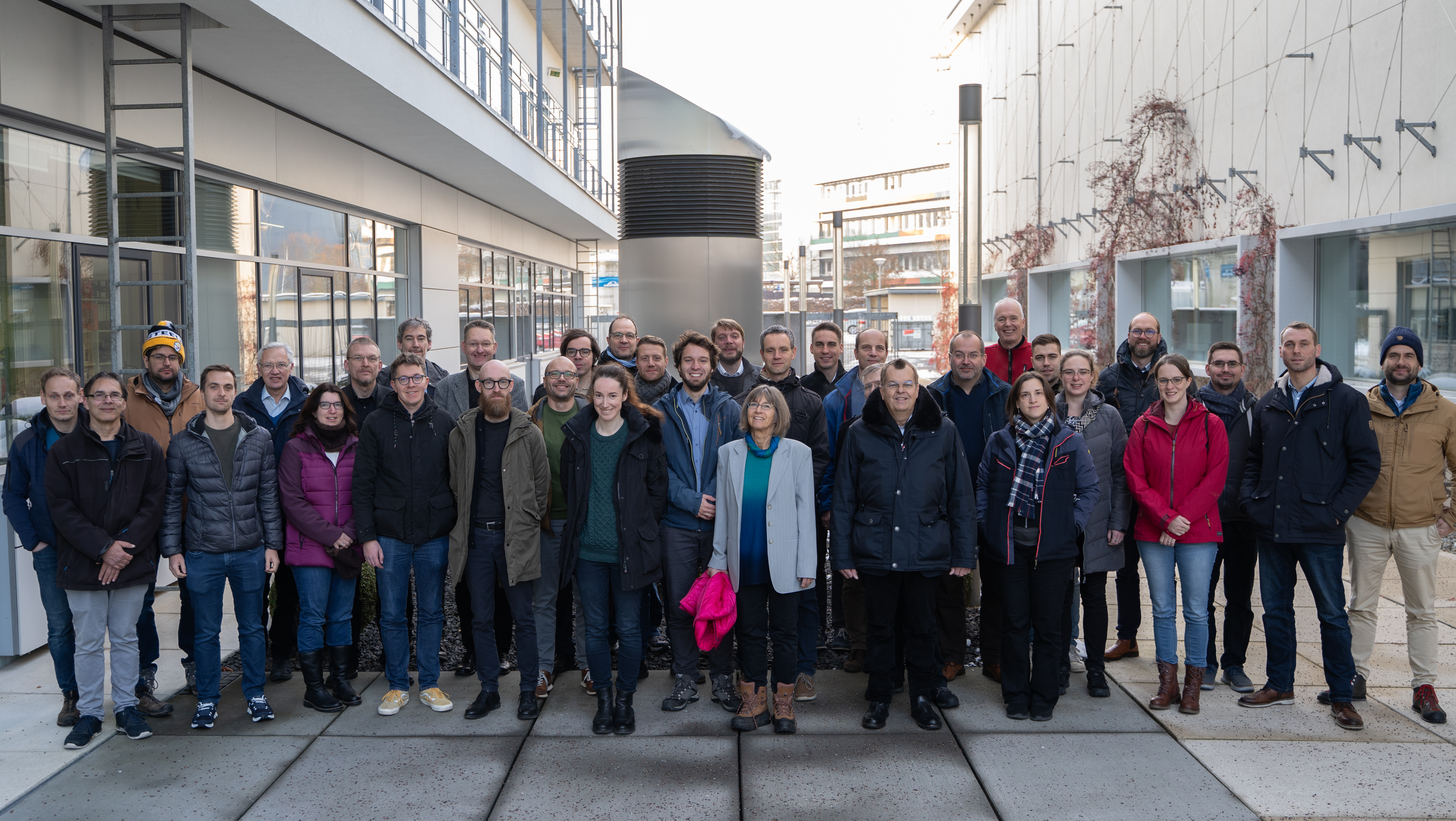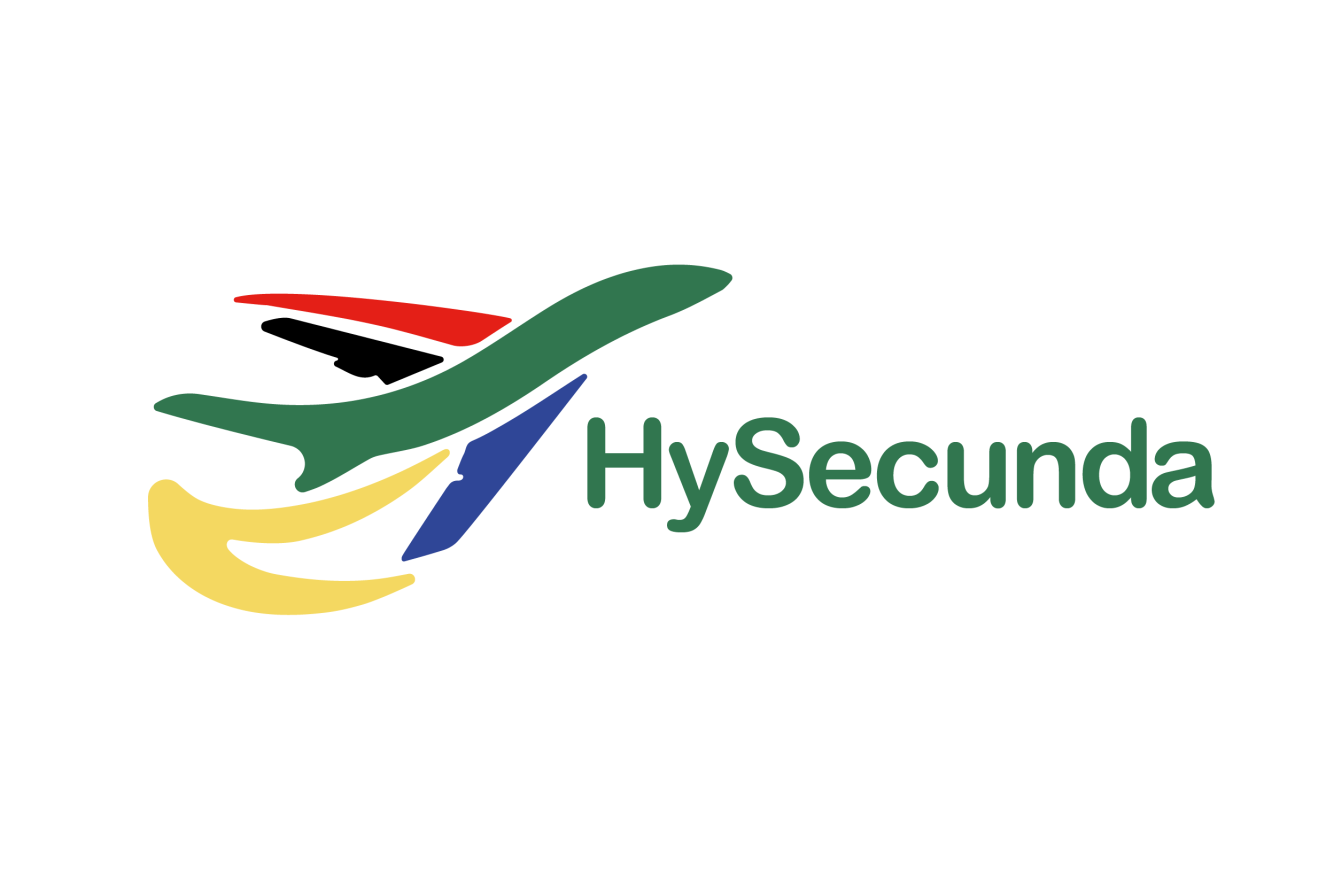Scalable solutions for green hydrogen production in South Africa
South Africa could play an important role in the coming years as a reliable producer of green hydrogen — including as a supplier for Germany. However, the storage and distribution of this resource currently poses challenges. This is where the recently launched Fraunhofer joint research project HySecunda comes in, which is a cooperation between nine Fraunhofer institutes and the Fraunhofer Academy. The project aims to find optimized solutions for producing, storing and certifying green hydrogen. In addition, the consortium is supporting efforts to build capacity in the region and in current projects on hydrogen-based fuels for the aviation industry.
South Africa boasts abundant renewable energy sources such as sun and wind which can be used to produce clean and sustainable hydrogen. In the future, the country could therefore play an important role for Germany and Europe as a hydrogen producer, provided suitable infrastructures for storing and distributing hydrogen can be developed and production costs can be lowered to make this technology competitive.
With this in mind, the HySecunda joint research project has been started and involves the Fraunhofer Institute for Microstructure of Materials and Systems IMWS, the Fraunhofer Institute for Energy Economics and Energy System Technology IEE, the Fraunhofer Research Institution for Energy Infrastructures and Geothermal Systems IEG, the Fraunhofer Institute for Ceramic Technologies and Systems IKTS, the Fraunhofer Institute for Silicate Research ISC, the Fraunhofer Institute for Surface Engineering and Thin Films IST, the Fraunhofer Institute for Wind Energy Systems IWES, the Fraunhofer Institute for Systems and Innovation Research ISI and the Fraunhofer Institute for Solar Energy Systems ISE as well as the Fraunhofer Academy developing practical and scalable solutions for green hydrogen production in South Africa over a period of three years. As part of the project, solutions to build capacity are being implemented — for example, through an education and further training concept that addresses the country-specific needs of the 16 countries that make up the Southern African Development Community (SADC region).
Market- and system-oriented solutions for certifying green hydrogen
A key topic for HySecunda also concerns market- and system-oriented solutions for certifying green hydrogen and its derivatives. Analyses of the energy systems and economic viability for generation, supply chains and possible applications in the industry are helping to highlight the risks and the framework conditions required at an early stage. These are essential for successful commercialization and to ensure that the hydrogen can be imported to Germany and Europe.
At a technological level, the Fraunhofer institutes are providing assistance in four areas of focus:
- The development of innovative sensors that aim to make it possible, for example, to detect leaks in tanks and pipelines more effectively and to identify corrosion and aging processes at an early stage.
- Innovative, combined oxygen/hydrogen barrier layers. Such layers prevent oxygen and hydrogen from entering other parts of the electrolysis cell or the environment. Improved solutions will therefore increase the service life and safety of the components used.
- More cost-effective coatings for bipolar plates (BPP). These types of plate are used as conductive partitions between the individual cells. Due to the extreme demands placed on these components (temperature, pressure, electrical voltage, corrosive conditions), BPP are usually made from titanium, graphite, steel or stainless steel and their surfaces are also coated with precious metals such as gold or platinum. Here, the consortium intends to trial more cost-effective solutions that can handle the extreme operating conditions and offer the necessary long-term stability.
- Optimized solutions for porous transport layers (PTL). These assist the efficient transport of gases, liquids and ions in the electrolysis cell and are placed between the electrode and the bipolar plate. Optimized PTL solutions can significantly increase the efficiency of the reaction.
Making a contribution to energy security in Germany and Europe
“We want to apply Fraunhofer expertise to make a contribution to energy security in Germany and Europe as well as to develop long-term cooperation with the SADC region, thus enabling value to be created at a local level,” says Prof. Mario Ragwitz, co-spokesperson for the “Hydrogen Technologies” strategic research field at the Fraunhofer-Gesellschaft. To achieve this, the HySecunda consortium will be working closely with partners from the HyShiFT industrial project which is aiming to produce green aviation fuel based on hydrogen and is also focusing on the opportunities in South Africa. The HySecunda partners, who met for a kickoff meeting on November 29 and 30, 2023 in Halle (Saale), Germany, offer complementary expertise and approaches in this field. “This is a good example of how our consortium can support and empower other projects in the region,” says Ragwitz.
“For us, the HySecunda project is a hugely important milestone for the market ramp-up of green hydrogen and its derivatives. We are delighted to be supporting the generation and use of green hydrogen and synthetic energy sources in the southern African region through the expertise of nine different Fraunhofer institutes,” says Dr. Klemens Ilse, group manager for materials diagnostics for H2 technologies at Fraunhofer IMWS, the lead institute of the project.
The research project, amounting to a total volume of approx. 15 million euros, is being funded within the 7th Energy Research Programme of the German Federal Ministry of Education and Research (BMBF) with grant number 03SF0734A.

Last modified:

